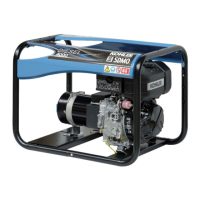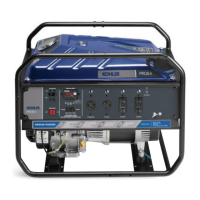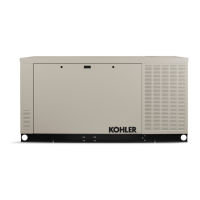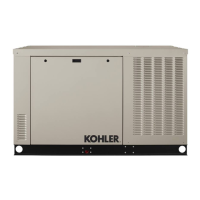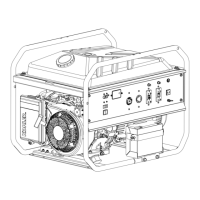How to fix intermittent connection in PGEN wiring on Kohler Portable Generator?
- TTracy Walters MDSep 10, 2025
Verify there are no loose wiring connections or “whiskers” at the PGEN terminal blocks. “Fork”, “ring”, or “crow’s feet” connectors are preferred for terminal block connections.


